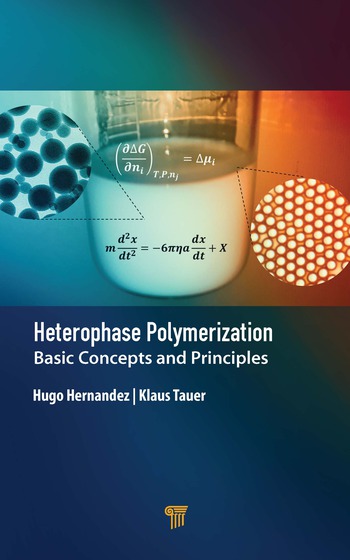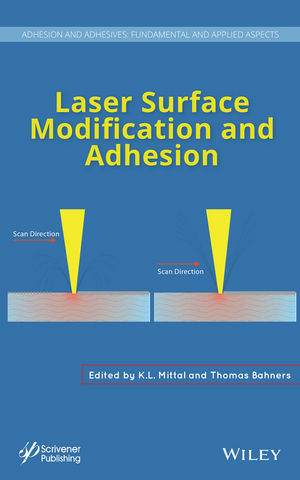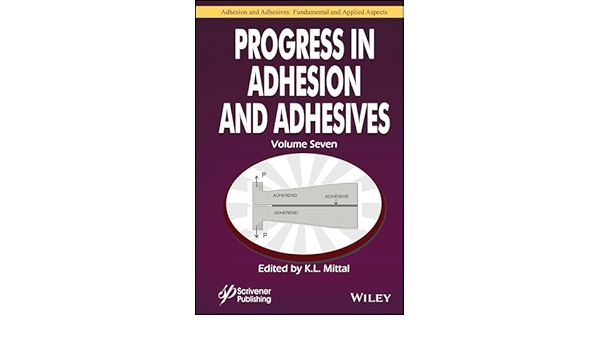Ask Dr. Dave

QUESTION: We tried to use a UV acrylic adhesive a few years ago to bond some clear plastic parts, but the cure was incredibly slow and excess adhesive on the outside of the joint remained tacky. Have there been any improvements in these adhesives recently?
ANSWER: In order to cure UV adhesives, you have to expose them to UV radiation. Many early UV adhesives had problems in bonding plastics, mainly because certain plastics don't transmit UV light very well, particularly those that contain UV absorbers to prevent UV degradation. Remember, if a plastic is transparent, all that really means is that it transmits the visible part of the electromagnetic spectrum and not necessarily the UV. You can check this out on your plastics by using a UV radiometer. In recent years, manufacturers have designed systems that can be cured entirely by visible light or sometimes a combination of UV and visible. Surface tackiness was a major problem in early UV adhesives because curing is inhibited by air in the atmosphere, which means that you don't get full curing at the surface. The tackiness can often be mitigated by using a mixture of different types of photoinitiators or by blanketing the parts with an oxygen-free atmosphere during curing. An alternative to this is to use an adhesive with a so-called "dual-cure" system that has a conventional UV/visible cure plus a cure system that reacts with atmospheric moisture to cure the outside surface. The most common way of doing this is to build some isocyanate functionality in the adhesive. Isocyanates will react with moisture just like they do in one-component polyurethane adhesives. There are some UV adhesives that are called cationic UVs, which involve the curing of a special type of monomers called cycloaliphatic epoxies and vinyl ethers. These adhesives are not inhibited by oxygen but are not as widely available as the more common acrylate systems.
Links
Looking for a reprint of this article?
From high-res PDFs to custom plaques, order your copy today!






